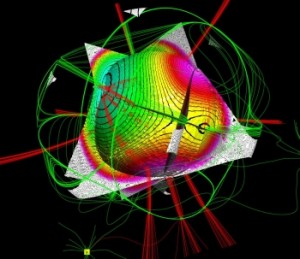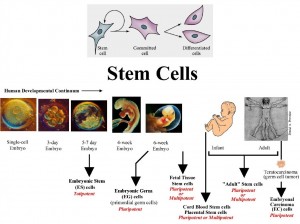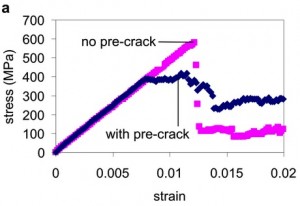- Home
- About
- Book
- Introduction
- Ch. 1: Business
- Ch. 2: Fundamental Theorem
- Ch. 3: Sales
- Ch. 4: Relationship Building
- Ch. 5: Branding
- Ch. 6: Archetypes
- Ch. 7: Consumers
- Ch 8: Our Products
- Ch. 9: Proposals & Figures
- Ch. 10: Papers & Conferences
- Ch. 11: Giving Talks
- Ch. 12: Internet
- Ch. 13: The Public & the Govt.
- Ch. 14: Science Itself
- Ch. 15: Starting a Movement
- Further Reading
- Workshop
- More Useful Links
Links for Chapter 9. Writing Proposals and Making Figures
I like to say there are three kinds of figures every scientist needs: the http://crochet247.com/tag/shawl-in-a-ball-crochet-pattern/ beautiful butterfly figure, the buy modafinil in mexico family portrait figure and the Jenny Craig figure. The three figures can help us appeal to different regions of the brain that are involved in scientific decision making.
A beautiful butterfly figure by Preston MacDougal illustrating the valence-shell charge concentation of oxygen in water. We use figures like this at the beginnings of our presentations and proposals to capture the attention of our audiences. The website My Art In Science contains many such beautiful images made by scientists; that’s where I found this one.
A family portrait figure like this one depicts the work of many scientists at once. These are good figures to show next in a talk, after the beautiful butterfly figures, to provide background information and make all the local experts feel included.
A Jenny Craig figure is the crucial figure for illustrating the impact of your Signature Research Idea—the one you’re promoting in the talk. It shows the state of the art before and after your SRI appears on the scene, sort of like the before and after picture used to sell diet programs, cold medicine or cleaning products. Here’s one from “Structural hierarchies define toughness and defect-tolerance despite simple and mechanically inferior brittle building blocks” by Dipanjan Sen & Markus J. Buehler, Scientific Reports, July 2011.
Improve your skills! New Workshops Available Now.
Marketing for Scientists is a blog, a Facebook group, a series of professional development workshops, and a book published by Island Press, meant to help scientists, engineers, and doctors build the careers they want and shape the public debate. Because sometimes, unlocking the mysteries of the universe just isn't enough.Or read reviews of the book at Astronomy.com, Chemists Corner, The Chronicle of Higher Education, Ecology or Research Explainer
Stay in touch...we'll send you a useful marketing tip every now and then.Posts
Blogging Branding and Archetypes Citizen Science Getting a Job Hollywood Leadership Marketing To Our Colleagues Mobile Barcodes Open Science Policy and Policymakers Salesmanship Science Education Social Networking Speaking and Presentation Skills The Press The Public Uncategorized Videos Writing a Book




